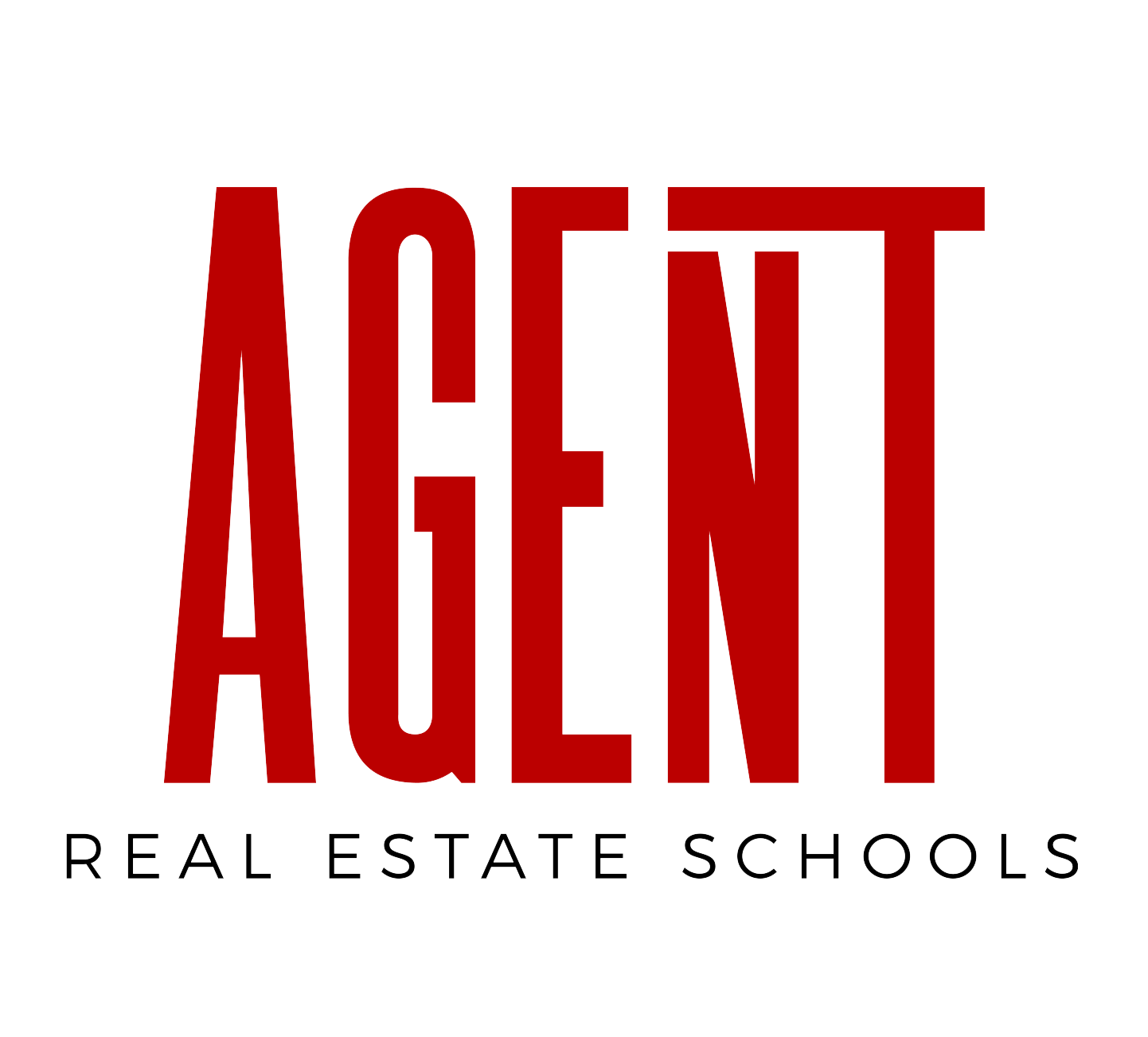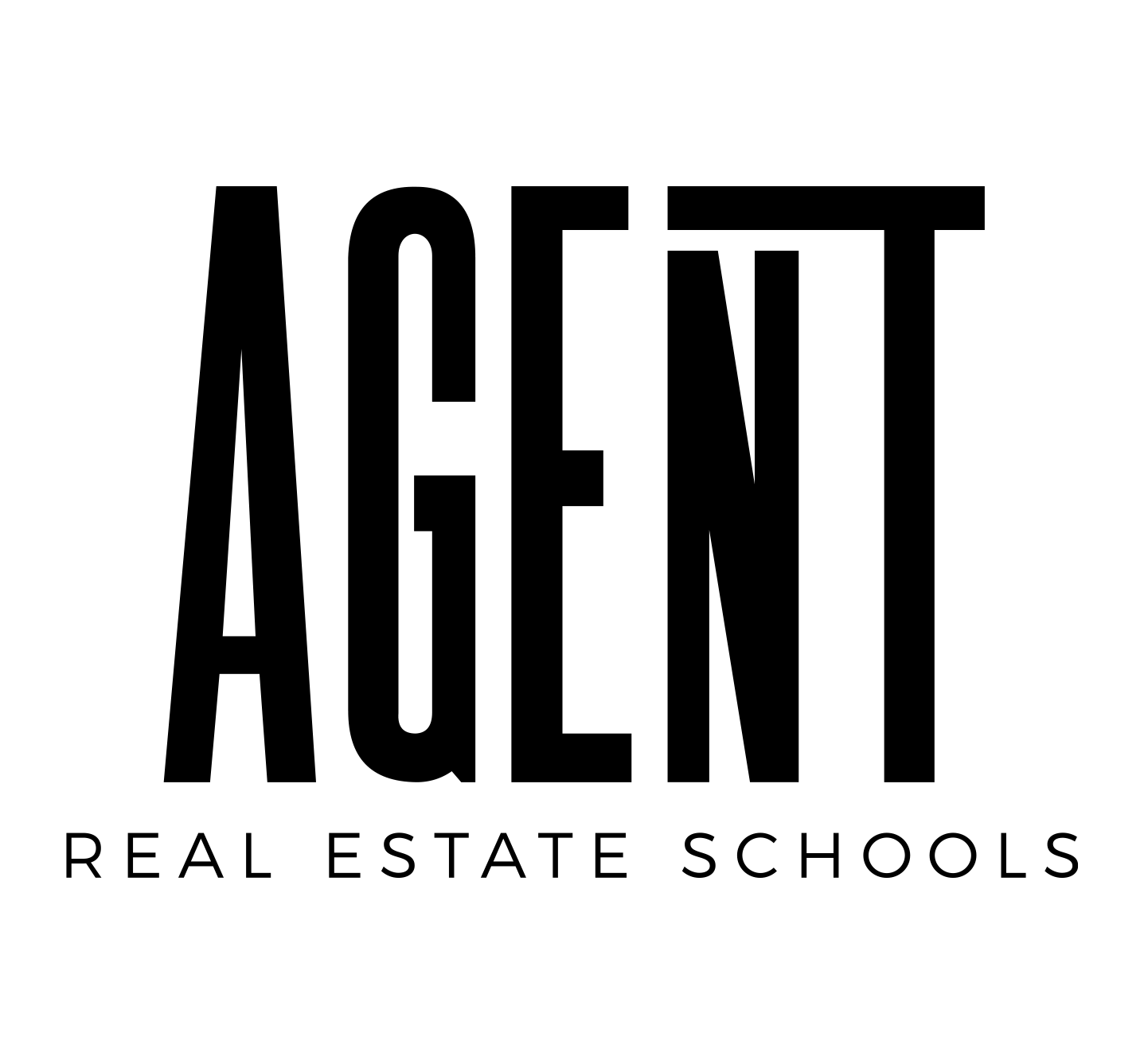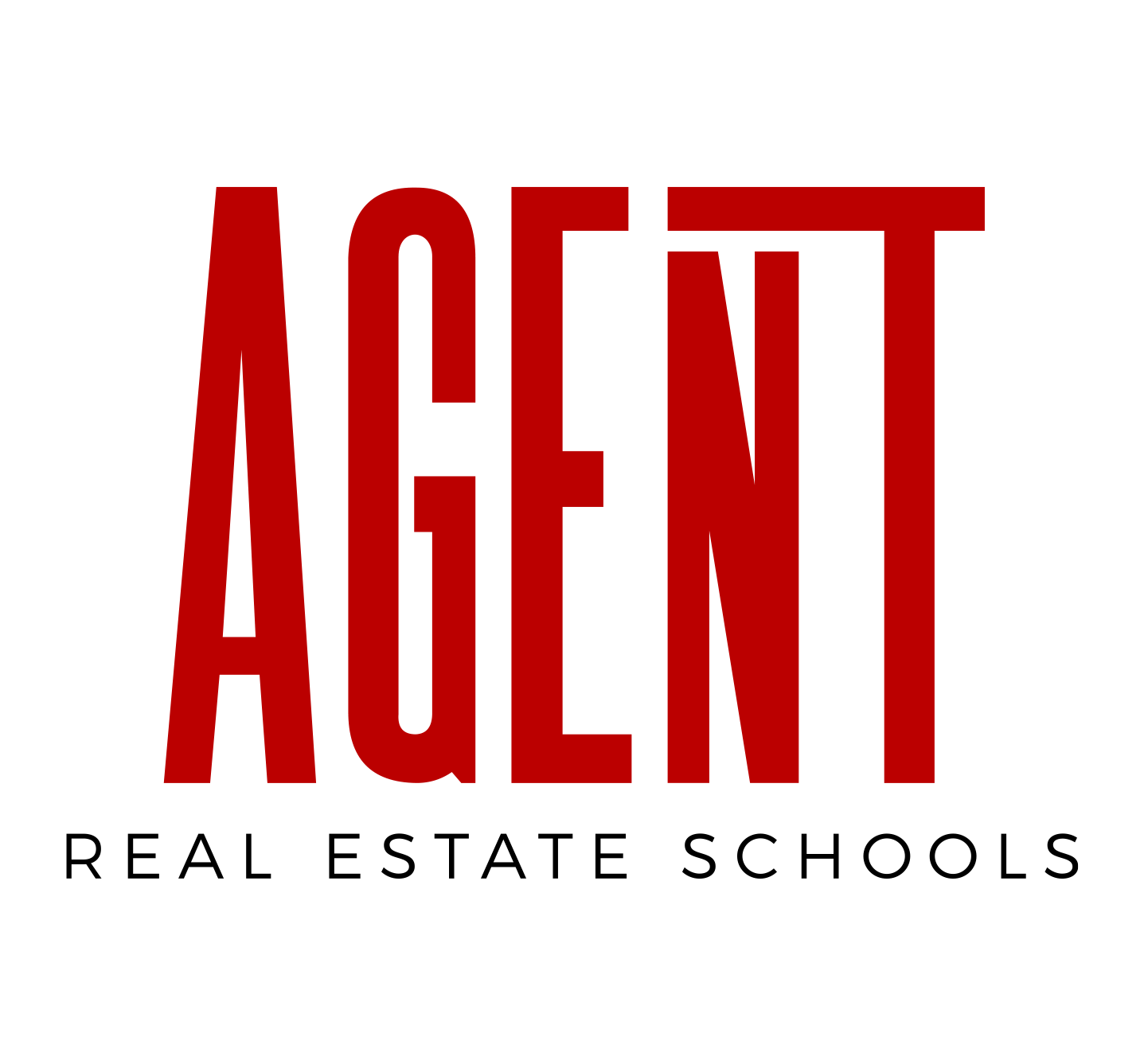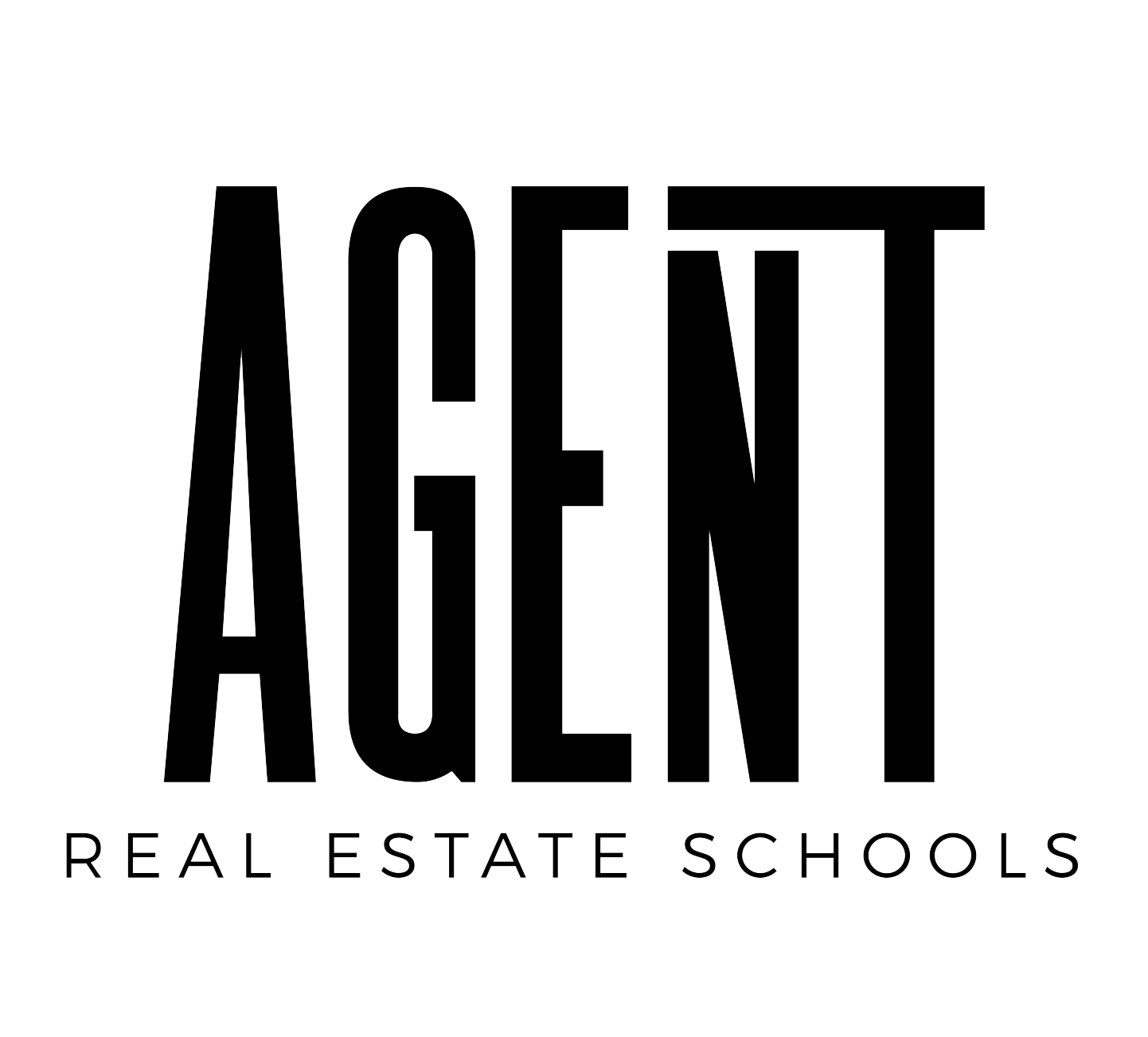THERE ARE TWO CLASSES OF PROPERTY: “Real Property” and “Personal Property”
The two widely recognized types of property include real property, which is the combination of land and any improvements to, or on the land; and personal property, which is the physical possessions belonging to a person. Therefore, remember there are two classes of property:
Real: Land-Hypothecated-Incidental-Appurtenant-Immoveable by Law-Deed-Bundle of Rights-Rights of Interest-Easements-Waterways-Sky Rights-Mineral Rights-Fructus Naturales/ Vegetation (Wild Berries)-Stock in Mutual Water Company.
Personal: Bill of sale must be in writing if over $500-Trade Fixtures-Chattel-Chose-Chattel Real (is a Lease)-Tangibles-Intangibles-Emblements-Fructus Industrials-Business Opportunities
REAL PROPERTY
- Owning an interest in Real Estate/Real Property can be described as “a Bundle of Rights“.
Owning property comes with the bundle of rights given to the title holder. The bundle of rights is a common way to explain the complexities of property ownership. In real estate, the bundle of rights refers to the 5 basic rights that a property owner enjoys. It is useful to imagine a bundle of rights that can be separated and reassembled, like a handful of sticks.
- Real Estate/Real Property includes the land plus its improvements, appurtenances, and all rights, privileges, and fixtures.
- Property Ownership can be defined as the “rights or interests” a person has in the thing owned.
- The bundle of legal rights can be remembered by the acronym DEEP C. Disposition, Exclusion, Enjoyment, Possession, Control.
PERSONAL PROPERTY
- Title to personal property is not generally found by searching public records
- Personal property may be hypothecated, and most personal property is transferred with a “Bill of Sale” – must be in writing if over $500
- Any property that is NOT Real Property is Personal Property (Chattel OR Chose)
- Chattel Real (Lease on Property) – A chattel consisting of a right in land that is less than a freehold (as a lease or a growing crop) — distinguished from chattel personal. “Chattel” rhymes with “Cattle” Leases (Chattel Real) – Chattels real are personal property interests that concern real property. Examples of chattels real are leasehold interests, mortgages, trust deeds, shares in real estate syndicates and shares in housing cooperatives.
- Trade Fixtures – Business equipment is personal property even though it is attached to the land. – Typically a topic of commercial real estate, a trade fixture is a piece of equipment on or attached to the real estate that is used in a trade or business. Trade fixtures differ from other fixtures in that they may be removed from the real estate (making it personal property, even if attached) at the end of the tenancy of the business, while ordinary fixtures attached to the real estate become part of the real estate. The business tenant must compensate the owner for any damages due to the removal of trade fixtures or repair such damage. It is important that you remember trade fixtures remain the tenant’s property—hence they are personal property.
For example, a dentist is moving to a new location. Although his dentist chair is permanently affixed to the floor, it is used for his business, making the chair a trade fixture. Therefore, the dentist can remove his chair to take with him to his new location. - Tangibles (physical items such as cars, clothing, and jewelry)
- Mobile Homes (unless 4 Things)
- Intangibles (patents, leases, intellectual property)
- Emblements (crops that are planted and harvested)
- Business Opportunities
- Paper (except stock in mutual water company)
ATTACHMENT-SEVERANCE-ANNEXATION
- Personal property becomes real property by attachment. Wood that is brought to build the framing for a house becomes a real property by attachment.
- Real property becomes personal property by severance.
- When the owner of a parcel of land cuts down a tree, it becomes personal property by the process of severance.
- Emblements – Crops that must be planted annually, such as corn and wheat are usually personal property of the owner of the farm or of a tenant farmer who planted them. All crops when cut, mortgaged, or sold, become personal property.
- Annexation is the addition to property by the act of attaching a smaller item to the larger property as in attaching personal property to real property, thereby, creating a fixture. For example, a sink becomes a fixture when it is annexed to the plumbing outlet.
- Attachment creates real property while severance creates personal property.
THINK M. A. R. I. A.
Anything affixed to the land 5 tests:
- Method of attachment
- Adaptability
- Relationship of the parties
- Intentions
- Agreement
Which of the above is the strongest in testing fixtures?
Intent is the most important test. If the improver intended to make a permanent improvement to the property, it is likely to be a fixture.
REAL PROPERTY
- “That which is immovable by law”, is incidental to the Land, Appurtenant to the Land, or goes with the Land, automatically transfers when land is sold:
- Waterways
- Easements
- Above (sky rights)
- Below (mineral rights)
- Things Affixed to Land
- Buildings
- Bridges
- Trees
- Bushes
- Plants or Vegetation (Wild Berries)
- Bundle of Rights
- Deed
- Rights of Interest
- Stock in a mutual water company
- Hypothecated
- Mobile Homes
REAL vs. PERSONAL
- Crops: Which replenish themselves and do not require annual planting are usually real property
- Crops: Which must be planted annually (emblements) such as corn or wheat are usually personal property of the owner of the farm or of a tenant farmer who planted them. All crops when cut, mortgaged, or sold, become personal property
- Fixtures: These are items of personal property which have been attached to land and are now qualified to be permanent or real property – A fixture is personal property that becomes real property. It was once something that belonged to the person, but because it has been permanently affixed, it now goes with the real estate being sold. For example, a chandelier purchased at a store is personal property. However, once it is attached (hung from the ceiling), it is now attached to the property. Another example is a sink. When it’s purchased it is personal property, but once attached, it becomes part of the real estate.
- Trade Fixtures: Articles of personal property that are attached by a business tenant to a real property that are necessary to the carrying on of a trade and are removable by the tenant
4 LEGAL DIFFERENCES BETWEEN REAL & PERSONAL PROPERTY
Real Property
- Real Property can only be sold with a written contract. A listing or purchase contract.
- Real Property is subject to the laws of the state within which the land is located.
- Real Property transfers can be recorded with the State.
- Tax laws are different; Real and Personal Property are subject to separate tax laws.
Personal Property
- A Personal Property sale does not require a contract unless it exceeds $500 in value.
- Personal Property Laws of commerce are subject to State and Federal laws.
- Personal Property is not recorded with the state.
- Tax laws are different for Real and Personal Property.



